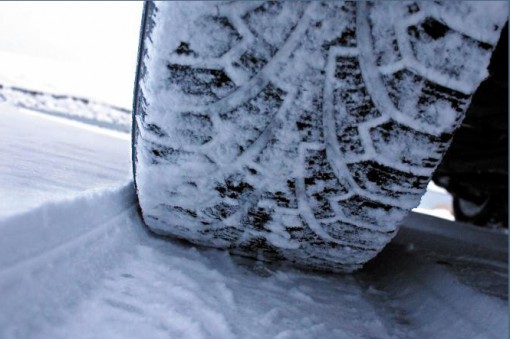TyreSafe adds its voice to winter tyre rumpus
THE UK’s leading tyre safety organisation, TyreSafe, has added its voice to the growing chorus of criticism of insurance companies who are hiking premiums for motorists wanting to fit winter tyres to their cars.
TyreSafe says it is concerned and disappointed at reported additional premiums being charged by some insurers for drivers fitting winter tyres, with the insurers regarding the fitting of winter tyres as a vehicle modification.
TyreSafe’s criticism has also been echoed by industry bodies RoadSafe and the NTDA.
Winter weather tyres can be used all year round but their performance is notably better when temperatures fall below seven degrees Celsius. In these conditions ‘standard’ tyres begin to harden and lose their ability to grip the road surface properly. Winter weather tyres contain more natural rubber and advanced silica compounds to reduce the hardening process and improve grip. Tests conducted by the British Tyre Manufacturers Association found that a car braking at 60mph on a wet road at five degrees Celsius stopped five metres shorter, equivalent to more than one car length, when fitted with winter weather tyres.
“Many independent tests have proven that winter weather tyres are the safest option for drivers throughout the entire winter period, not just when we have snowfall and ice,” said TyreSafe’s chairman, Stuart Jackson.
“To penalise drivers for taking a positive step to improve their safety on the road seems absurd. With the high number of drivers still being killed or injured in tyre related accidents each year, we should be actively encouraging responsible behaviour, such as the fitting of winter tyres.”
Drivers who decide not to fit winter weather tyres should still carry out a number of checks to reduce their chances of being involved in an accident. Tread depth should be checked to ensure that it easily exceeds the legal minimum requirements of 1.6mm across the central three quarters of the tyre, around its entire circumference. Tyre pressures should be checked at least once a month or before a long journey and the tyre should be inspected for any cuts, bulges or embedded objects.
To help drivers further understand the benefits of winter weather tyres, TyreSafe has added a new dedicated section to its website along with an updated information leaflet which can be downloaded free of charge. To see the information visit www.tyresafe.org.

